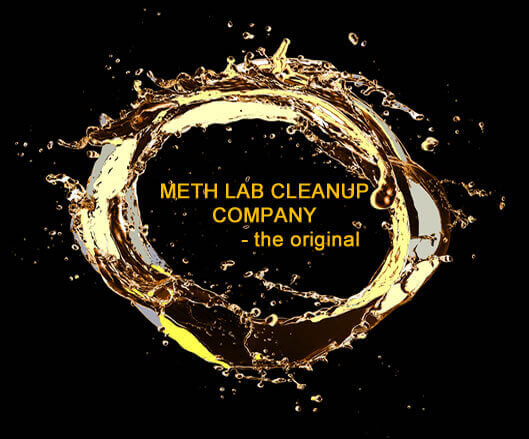METH RESIDUE CONTAMINATION HEALTH CONCERNS
What Are Meth Contamination Side Effects and/or Symptoms?
Contamination of residential homes with methamphetamine is an emerging issue of significant concern to public health. Cooking or smoking methamphetamine in a residential property contaminates the house, furnishings and personal possessions within it, with subsequent exposure through ingestion, dermal absorption and/or inhalation causing adverse health effects. Current guidelines identifying levels of methamphetamine contamination that require remediation vary between countries. "Most importantly, there are few guidelines available that are based on a transparent, health risk-based approach, and there are many uncertainties on exposures and health effects, making it difficult to ensure the health of people residing in homes that have been used to cook or smoke methamphetamine are sufficiently protected." To learn more view the article. This manuscript presents the current state of knowledge regarding the contamination of residential homes with methamphetamine and identifies the current gaps in knowledge and priority areas for future research.
Does Smoking Meth Leave Residue? When smoking methamphetamine, it has been estimated that approximately 67% is inhaled, which leaves 33% to be deposited on the surrounding environment. Meth residue deposited from smoking meth may result in exposure that may cause symptoms similar to those experienced by meth users. For information on meth use exposures view this helpful article from the National Institute on Drug Abuse. Meth use symptoms include "anxiety, confusion, insomnia, mood disturbances, and violent behavior. They also may display a number of psychotic features, including paranoia, visual and auditory hallucinations, and delusions (for example, the sensation of insects creeping under the skin)." Exposure to VOCs that are off-gassed during meth production are hazardous and may cause headaches, nausea, vomiting, nose and throat irritation, dizziness, confusion and breathing difficulties.
Are Children Harmed by Methamphetamine Residue? The Center for Disease Control (CDC) published a case study in which children that were living in a former methamphetamine drug laboratory developed adverse health effects from systemic absorption. The full article can be viewed here. The conclusion demonstrates that "residual environmental methamphetamine contamination can result in adverse health effects in exposed persons, particularly in young children. Appropriate identification and management of former clandestine drug laboratories, including appropriate remediation and measures to prevent the sale of contaminated homes, is important to prevent exposures and adverse health effects." Please note: this study is based on a former clandestine drug lab property.
Further, research has considered the hazards to young crawling or walking toddlers. The studies found that one of three contact points exceeded a 0.5 µg/100 cm2 decontamination limit which was verified by the 0.54–29 µg/100 cm2 result of the personal wipes collected from the crawling simulation. The samples taken from fabrics associated with infants, were seen to have a higher average equilibrium partition coefficient for methamphetamine at 60% relative humidity. This is a cause for concern, as infants tend to have hand to mouth behaviours and will mouth and touch toys, clothing, blankets and other items within reach.
There has been research into the absorption of methamphetamine in artificial and natural skin oils, and sebum oil without fatty acids. This study showed evidence that "methamphetamine absorption was higher in the natural and artificial skin oils opposed to the oil without fatty acids, especially at increased relative humidity."
